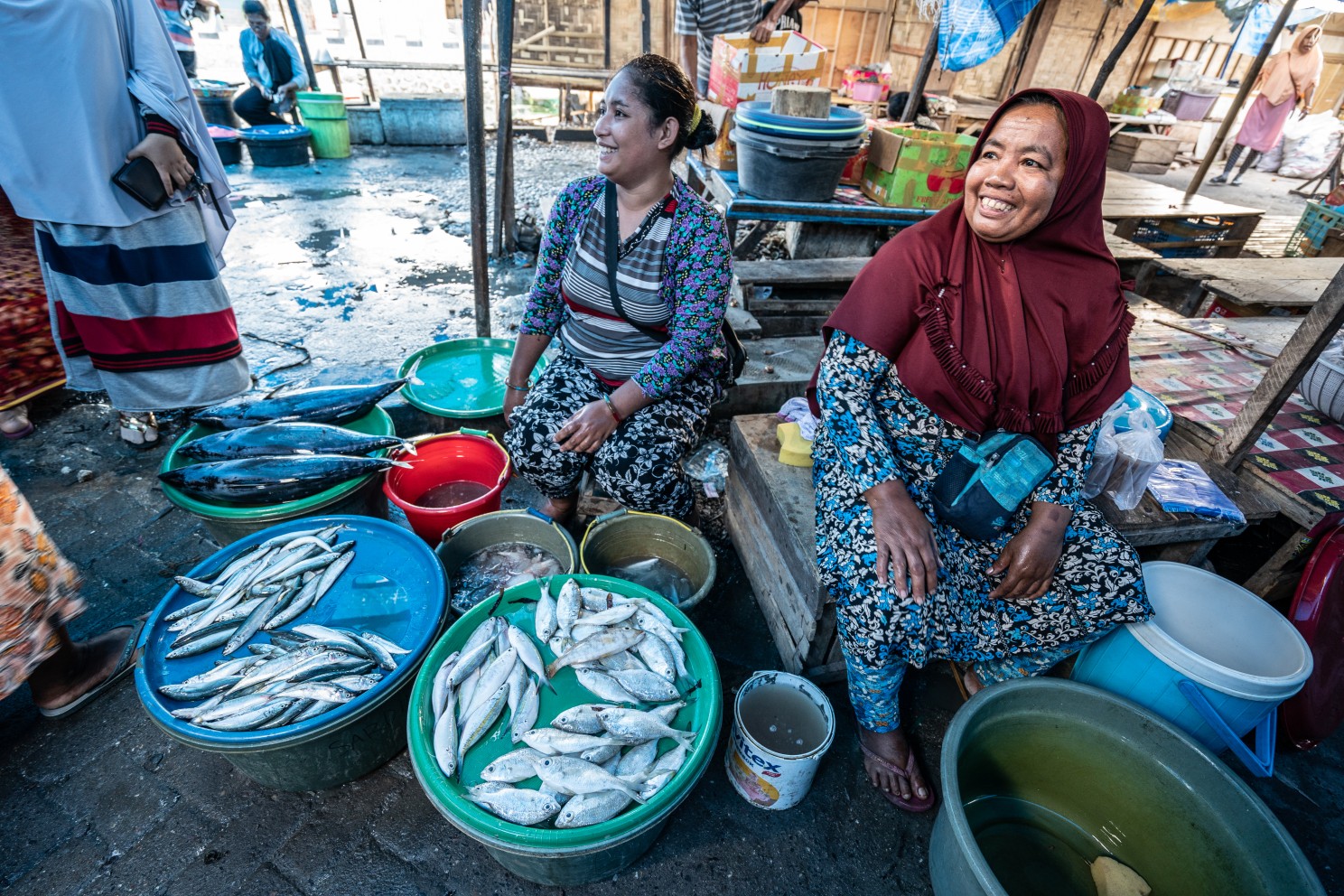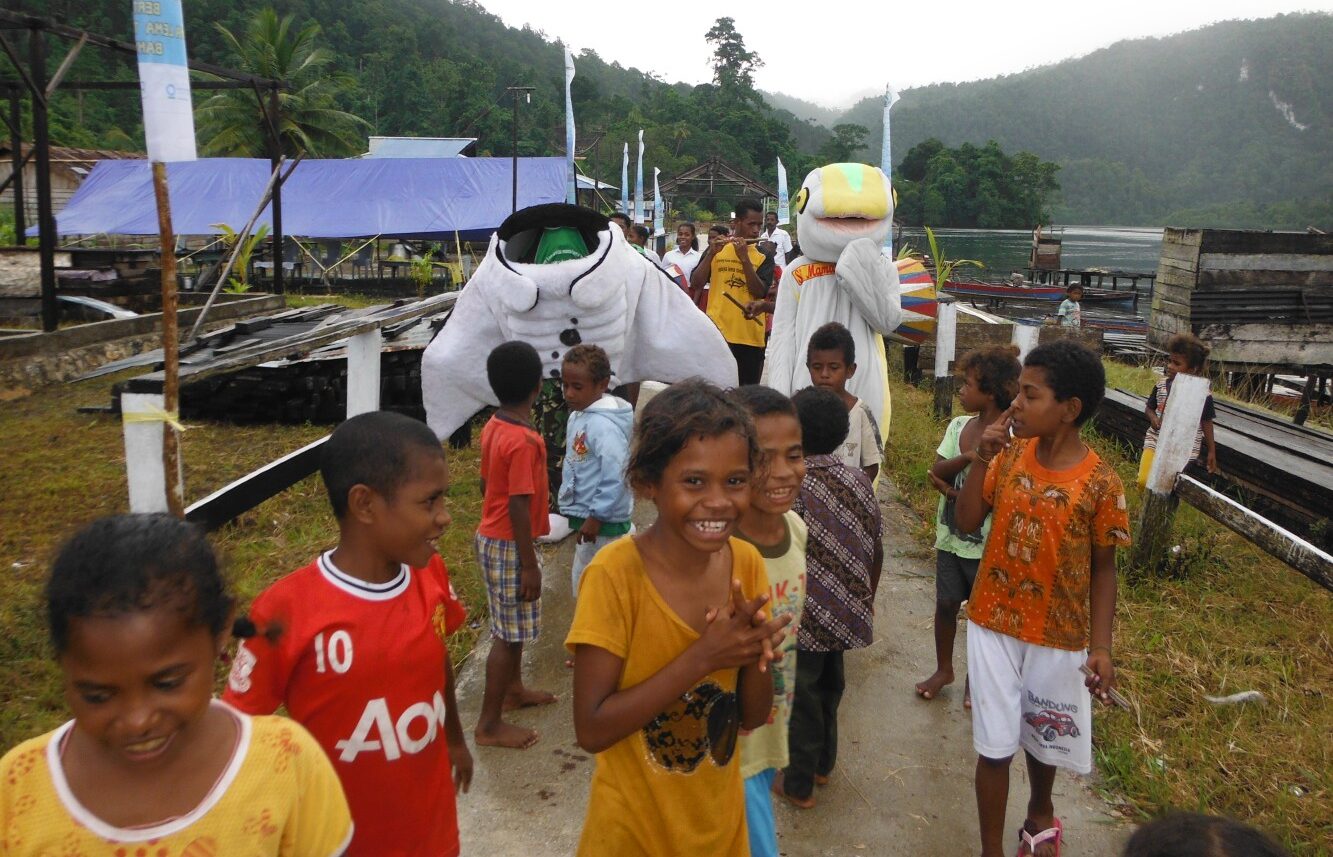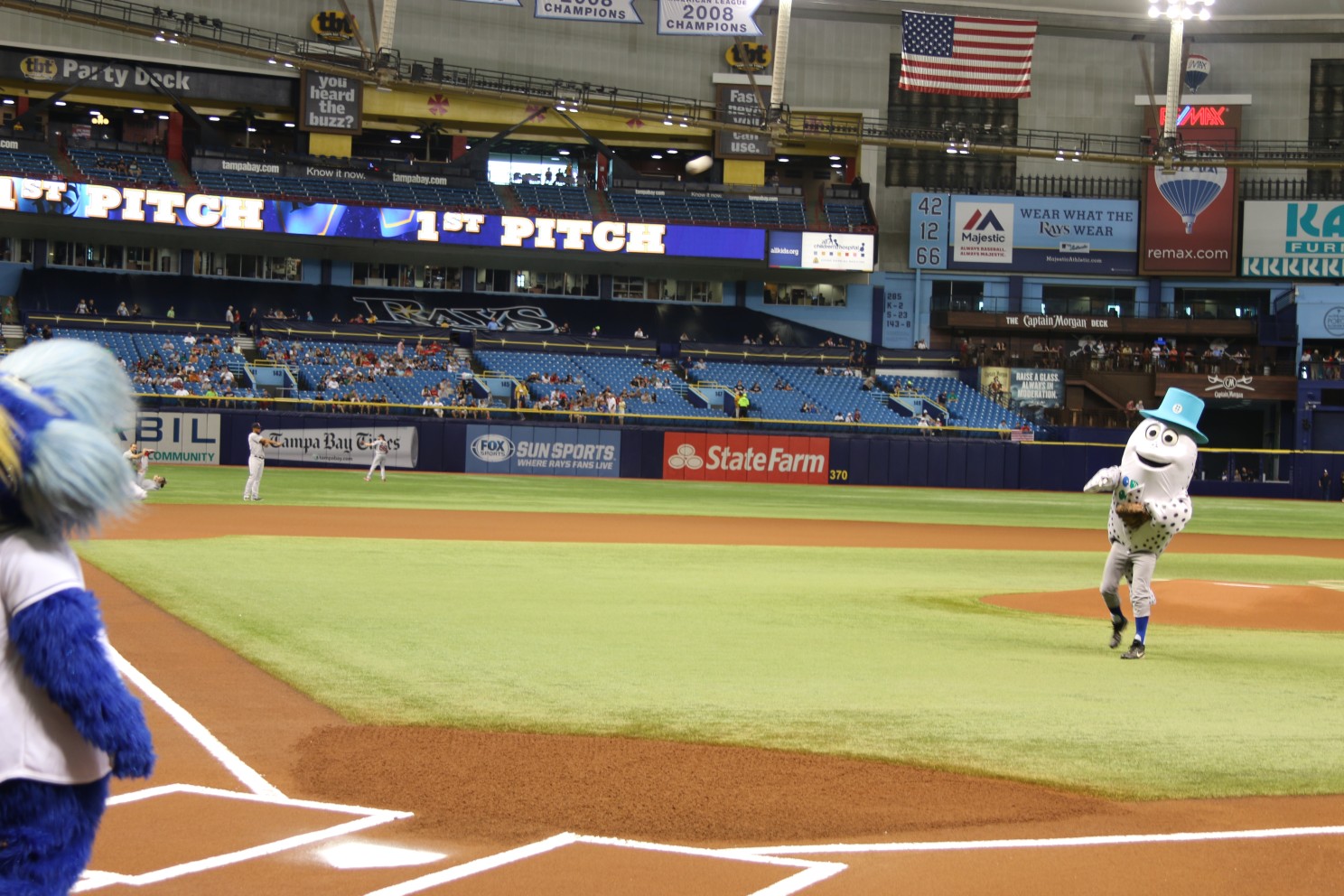Consider a coastal nation like Indonesia, a global hot spot for manta rays. Sadly, chronic overfishing and unsustainable use of coastal seas has jeopardized the ecosystem marine life depends on, which also provide a key defense against climate change. Coastal Indonesians like their counterparts throughout the Global South are some of the most climate-vulnerable people on the planet.
Overfishing also threatens the food security and livelihoods of coastal communities in Indonesia and elsewhere. Every day, millions of coastal fishers set out to catch fish, which are then processed, transported, sold, and then consumed by tens of millions of people. In many countries, particularly South and Southeast Asia, fish and seafood is the top source of animal protein. But the United Nations estimates that over one-third of fish stocks globally are overfished.

We need a plan for financing solutions that revitalize these areas of our ocean, while also meeting the needs of local communities. Examining elements of stadium deals offers inspiration.
One way St. Petersburg and Pinellas County could pay for a ballpark is by issuing bonds. In Indonesia, the national government could take a similar route and issue a bond on the order of $1-2 billion to invest in ecosystem restoration and sustainable fishing arrangements that would benefit not just local fishing communities, but the entire country over time.
I recently posed the possibility to Dr. Andrew Zimbalist, an author and professor of economics at Smith College and an expert in stadium finance. “I’m not sure the analogy holds up,” he told me. “Politicians can get away with investing in stadiums because the community loves the events they make possible. If we build the Rays a stadium they will stay in town. This appeals to people, irrespective of the ROI.”
There are two key things stadiums have going for them that nature does not. One, stadiums have a vocal and visible constituency. People understand what they risk losing without them. So they are easy to sell politically. Second, supporters make the economics work. As stadiums become more expensive, local jurisdictions and team owners find innovative financial solutions.
How can we create these enabling conditions for nature?
- First, we need to build constituencies. Nature can’t advocate for itself. But we can activate local leaders from communities on nature’s frontlines; leaders from communities tied to nature, leaders who have the ear of national and international decision-makers. My organization, Rare, is building a network of coastal mayors from around the world committed to thriving coastal communities and ecosystems. The idea is catching on, as the network was recently named a finalist for Prince William’s Earthshot Prize.
- Second, we need innovative financial solutions that attract both public and private capital. Working with partners, we recently launched the world’s first impact bondspecifically designed for small-scale fisheries. The model uses “outcome funders” — governments or private investors who pay back initial investors once pre-defined conservation results are achieved and verified.
With the investment, we can establish protected areas that allow local people to sustainably fish the waters, while setting aside certain areas where human use is totally off limits, allowing marine life to regenerate. The impact bond will help put in place a network of these protected areas of ocean along Indonesia’s coast like Raja Ampat, where manta rays are thrivingunder these types of protections.

Today, in the U.S. alone, several major cities are considering using public dollars to finance stadiums: Cleveland, Jacksonville, Washington, DC, Kansas City, Chicago. I’m sure they are each making the case that stadiums revitalize cities, create jobs, and increase tax revenue. When protected and sustainably managed, nature does, too. Environmentalists must do a better job making this same case and pushing for ways to finance the home of the rays like we finance the home of the Rays.
